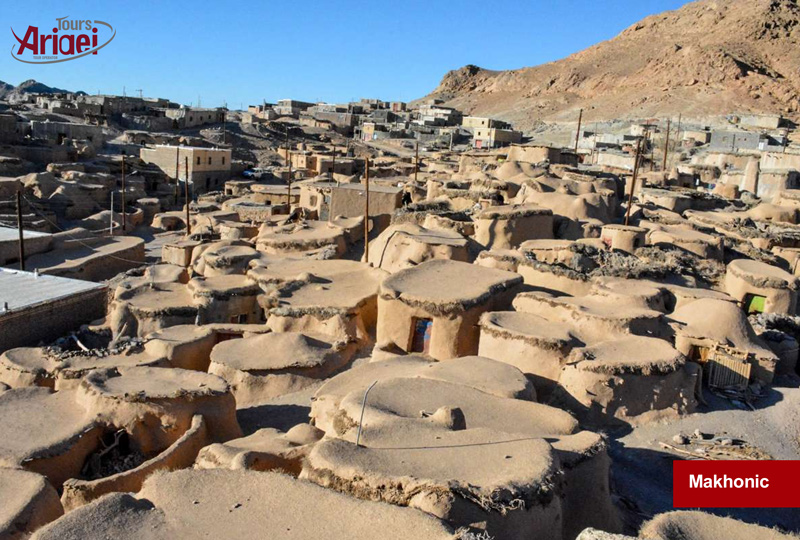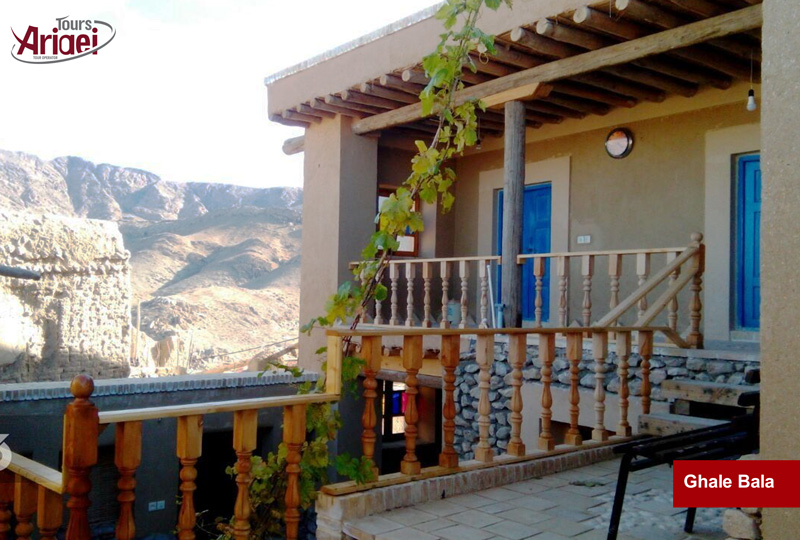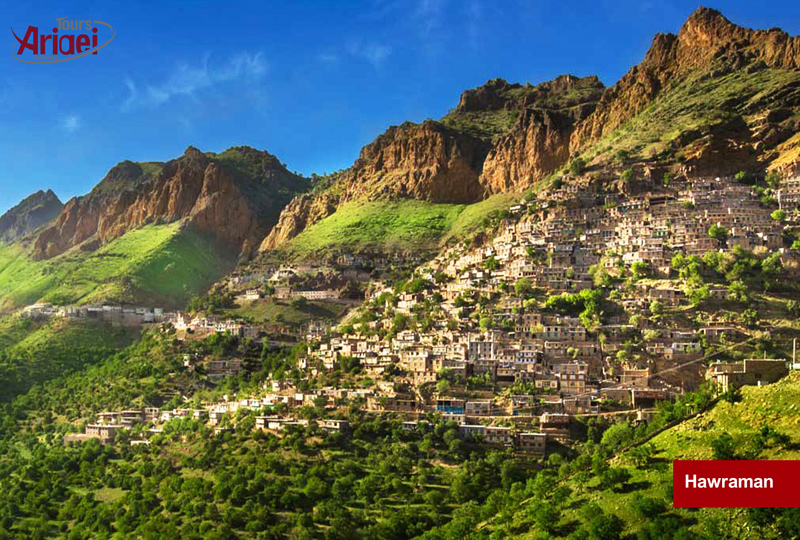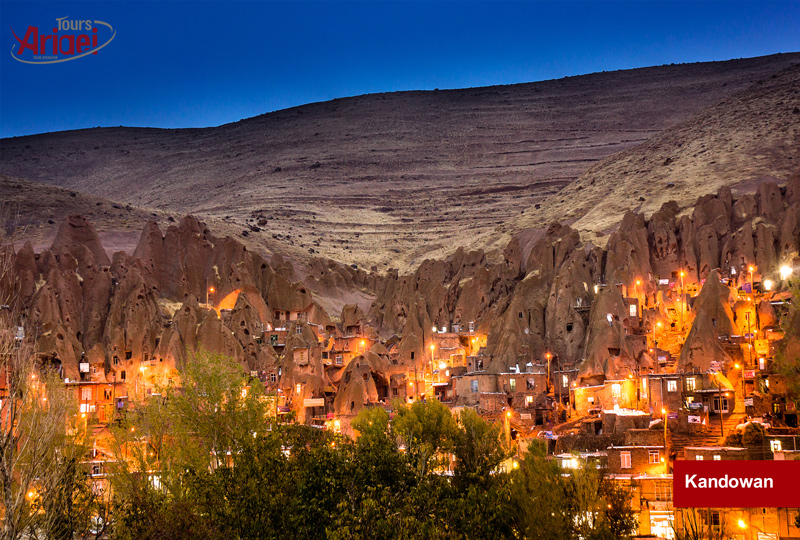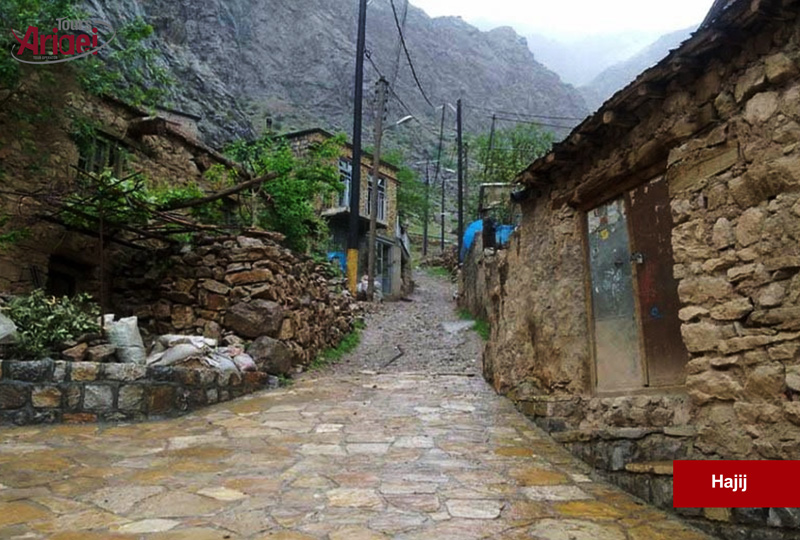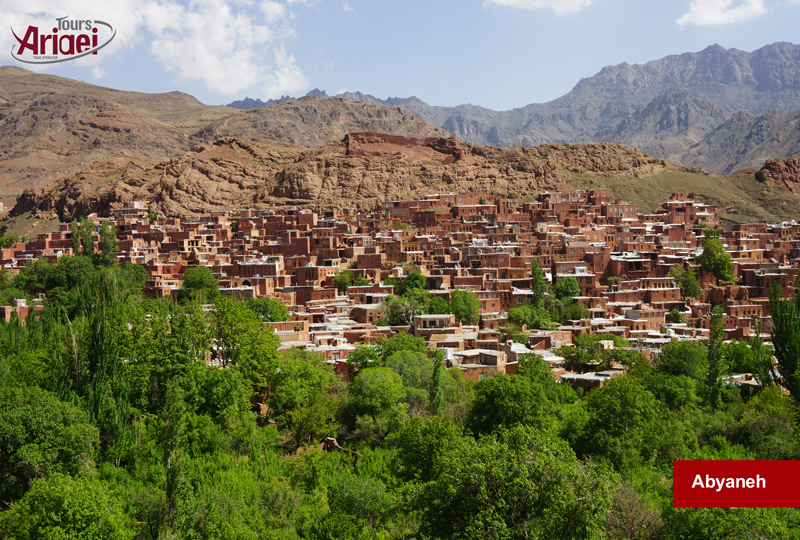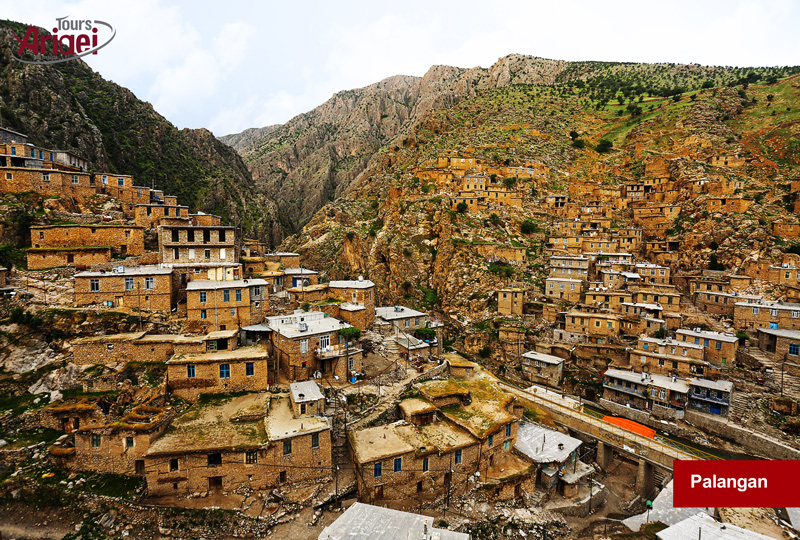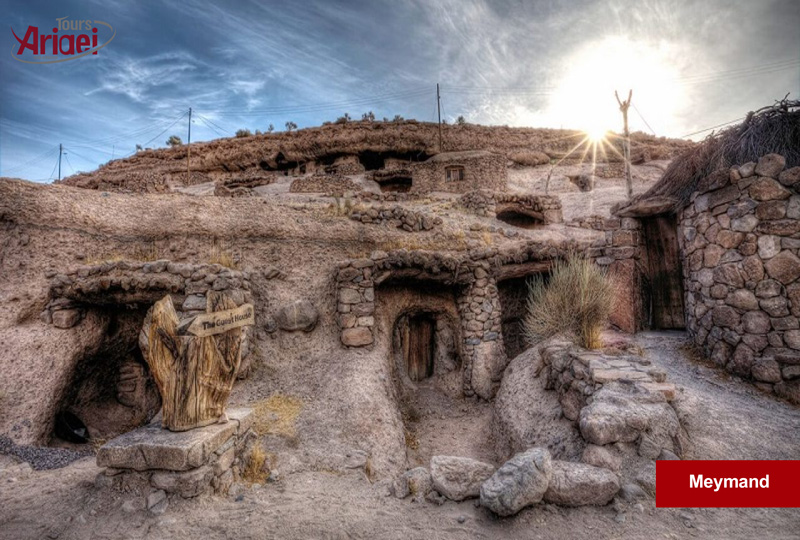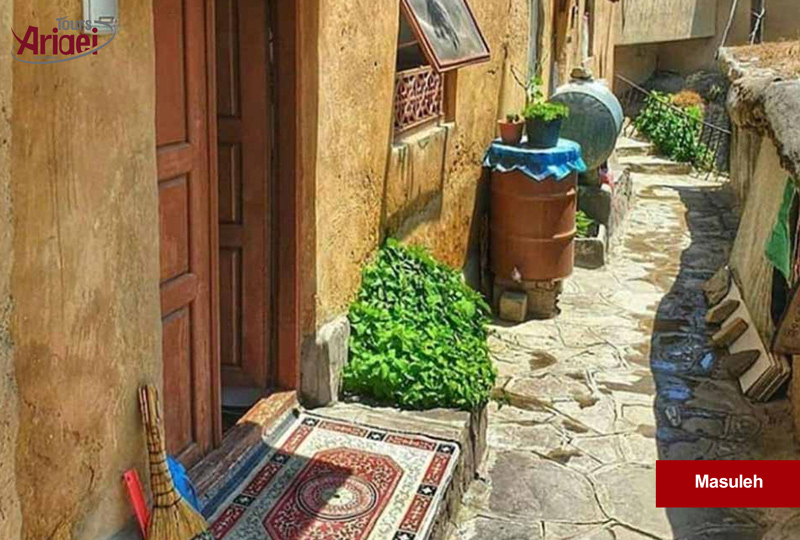Rural life continues in Iran. There are villages in Iran that are different. Each of these villages is unique and very famous in the world.
Masuleh
Masuleh in the capital of Sardar-e Jangal District, in Fuman County, Gilan Province, Iran. Historical names for the city include Māsalar and Khortāb. It was founded in the 10th century AD. Masuleh architecture is unique. The buildings have been built into the mountain and are interconnected.
Kandovan:
Kandovan is a village in Sahand Rural District, in the Central District of Osku County, East Azerbaijan Province, Iran. This village exemplifies manmade cliff dwellings that are still inhabited. The troglodyte homes, excavated inside volcanic rocks and tuffs similar to dwellings in the Turkish region of Cappadocia, are locally called "Karaan".
Meymand
Meymand is a village in Meymand Rural District, in the Central District of Shahr-e Babak County, Kerman Province, Iran. Meymand is a very ancient village which is located near Shahr-e Babak city in Kerman Province, Iran. Meymand is believed to be a primary human residence in the Iranian Plateau, dating back to 12,000 years ago. Many of the residents live in the 350 hand-dug houses amid the rocks, some of which have been inhabited for as long as 3,000 years.
Abyaneh
Abyaneh is a village in Barzrud Rural District, in the Central District of Natanz County, Isfahan Province, Iran. Characterized by a peculiar reddish hue, the village is one of the oldest in Iran, attracting numerous native and foreign tourists year-round, especially during traditional feasts and ceremonies. An Abyanaki woman typically wears a white long scarf (covering the shoulders and upper trunk) which has a colorful pattern and an under-knee skirt.
Uramanat
The Uramanat Villages are located in the mountainous Kurdistan Province of Iran. The villages are unique in terms of architecture, lifestyle, and agricultural methodology. Villages are integrated with nature by incorporating steep-slope agriculture
Palangan
Palangan is a village in Zhavehrud Rural District, in the Central District of Kamyaran County, Kurdistan Province, Iran. In Palangan the roof of one house serves as the courtyard of the upper house. Close to this village, we can see ruins of an ancient fort dating back to B.C.
Hajij
The village is in a district called "Hawraman" which lies through the mountains of Shaho. The language spoken by the native people is a variant of Kurdish called Hewrami. The tomb of Kose Hajij is located in the village. There is a large spring about 2 kilometers away from the village called Kani Bil or Bil spring which is the largest Karst spring in the region.
Ghale bala
This village located in 140 kilometers of distance from the southeast in the way of Shahrod to Mashad bypass districts to the Shahrod to Kashmar settled down. Despite stepped tissue that in the entrance of the national park of Turran.
Sar Agha Seyed
It is a famous historic Iranian village in "Chahar Mahal-o-Bakhtiari" Province. Characterized by a peculiar reddish hue, the village is one of the oldest in Iran, attracting numerous native and foreign tourists year-round, especially during traditional feasts and ceremonies.
Makhunik
In August 2005, a tiny mummified body was found in the ancient Persian village of Makhunik in what is now Iran. The discovery caused an international sensation when researchers reported that the remains belonged to an adolescent dwarf and that excavations of the ancient town revealed architecture that suggested it was a city of little people.
